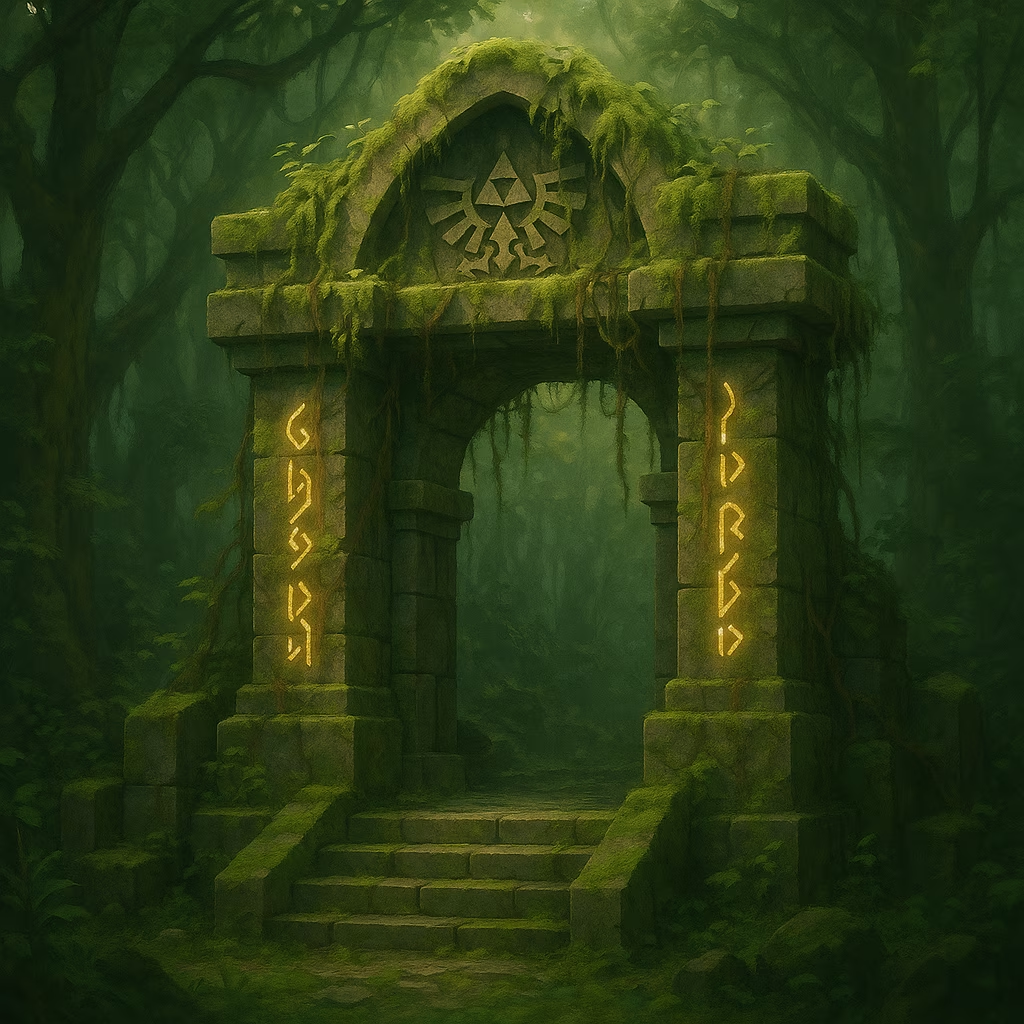The Highs and Lows of Zelda Tears of the Kingdom Verticality and Future Improvements
Explore the revolutionary verticality of Tears of the Kingdom, offering epic sky and underground adventures—yet, future Zelda must infuse more vibrancy and connection.
2025 is lit for Zelda fans, and Tears of the Kingdom totally rocked the gaming world with its mind-blowing verticality—seriously, who knew Hyrule could be this epic? Players are soaring to insane heights on Sky Islands 🌌 and diving deep into the spooky Depths 🔥, all while discovering more than ever before. But hey, it's not all rainbows and unicorns; the vertical layers feel a bit lonely and samey after a while. Future Zelda games need to level up by injecting more life and variety, making every climb and descent feel like a wild adventure. After all, exploring shouldn't just be about the views—it should be about feeling connected and thrilled every step of the way. Like, imagine chilling with friendly NPCs in the clouds or battling through volcanic zones underground—now that would be game-changing!

Verticality in Tears of the Kingdom is straight-up revolutionary, no cap. It transforms Hyrule into a multi-layered playground where you're constantly oscillating between the sky-high islands and the abyss-like Depths. This ain't your grandpa's Zelda game—it's all about the thrill of discovery, with players unlocking unique combat scenarios and exploration opportunities that Breath of the Wild could only dream of. For instance, navigating the Sky Islands feels like a zen puzzle zone, while the Depths throw you into intense boss fights and resource gathering. But hold up, why does it sometimes feel so...empty? That's the rub—despite the jaw-dropping visuals, these areas lack the vibrant civilization we love on the surface.
Speaking of which, let's break down the pros and cons, 'cause it's not all sunshine and rainbows. On the plus side:
-
Exploration Galore: Verticality opens up new dimensions, making Hyrule feel endless and immersive. You could spend hours just gliding between islands or spelunking in the dark.
-
Unique Gameplay: Combat gets a rad twist with vertical strategies—think dodging enemies from above or setting traps below.
But yo, the downsides are real and kinda drag the vibe down. Check out this table comparing the layers—it shows how they stack up and where they fall flat:
| Layer | Strengths | Weaknesses |
|---|---|---|
| Sky Islands | Beautiful views, puzzle challenges | Feels isolated, just enemy packs and constructs—no towns or NPCs to hang with |
| Depths | Rewarding secrets, dangerous bosses | Monotonous terrain—everything looks the same after a while, lacking environmental variety |
Seriously, the Depths can be a slog because it's all dark and dreary with no biome shifts—no lava rivers or underwater caves to spice things up. And the Sky Islands? They're cool for a minute, but without friendly faces, it's like being stranded on a deserted island. This makes players stick to the ground level way too often, missing out on the full potential.
So, what's the fix for future Zelda installments? First off, adding more life is key. Imagine stumbling upon bustling towns in the clouds with quirky NPCs offering side quests—that'd make the Sky Islands feel like an integral part of Hyrule, not just an optional detour. And for the Depths, inject some variety, like volcanic regions or underwater zones, to keep exploration fresh and exciting. That way, players won't bail after the initial wow factor. It's all about making every layer as rich and alive as the surface—through settlements or diverse biomes that shake up the discovery game. Bottom line: verticality has massive potential, but it needs to evolve beyond its current limits to stay lit.
🔍 FAQ Section: Your Burning Questions Answered
Q: Why was verticality such a big deal in Tears of the Kingdom?
A: Dude, it totally flipped the script on Zelda exploration—taking players higher and lower than ever before, creating epic moments like battling bosses in the Depths or solving puzzles in the Sky Islands. It's a game-changer, no doubt.
Q: What's the main issue with the vertical layers feeling lonely?
A: Basically, the lack of friendly NPCs and towns makes them feel detached. You're just fighting baddies with no chill interactions—kinda like a solo mission gone wrong.
Q: How can future Zelda games improve on this verticality?
A: Easy peasy—add more civilization (like towns with NPCs) and environmental variety (e.g., volcanic biomes in the Depths). That way, it's not just a grind; it's a living, breathing world.
Q: Will this emphasis on verticality become a staple for the series?
A: Oh, for sure—it's too rad to ditch. But it needs upgrades to keep things fresh and avoid player burnout. Game on!
According to articles published by Polygon, the evolution of verticality in open-world games like Zelda: Tears of the Kingdom is a hot topic, with many experts emphasizing the need for richer environments and more interactive elements in future titles to keep exploration engaging and meaningful for players.